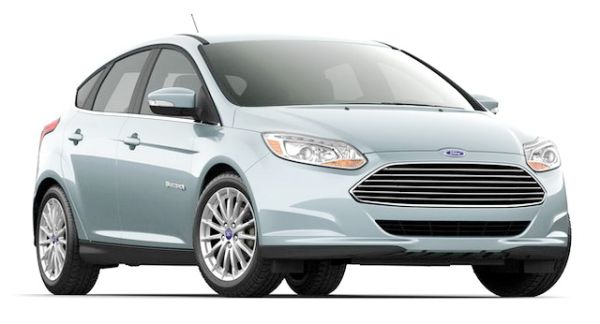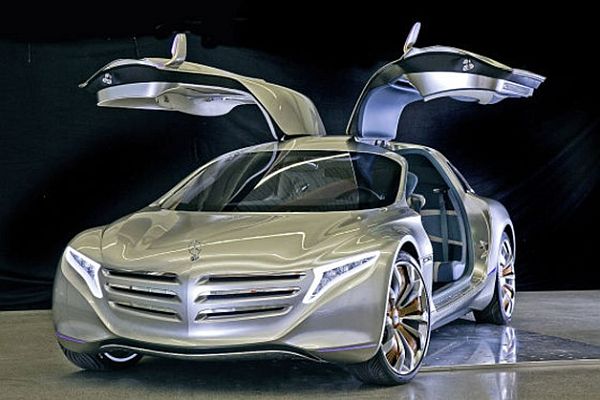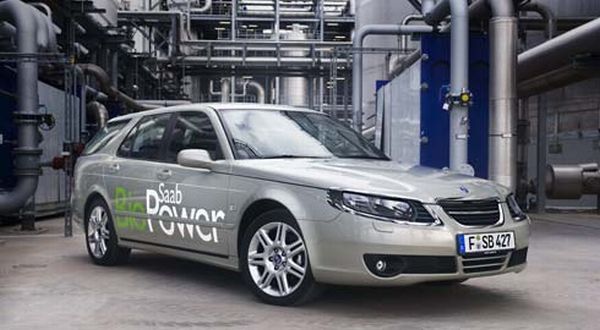
Why we are asking this now?
At a time when the world is facing twin threats of global warming and energy crisis, scientists have shown that alternatives in the form of vehicles that run on ‘green’ fuels such as ethanol, E-85 (blend of 15 percent gasoline and 85 percent ethanol), bio-fuels, hydrogen fuel cells and electric engines are available. These alternatives may not completely put an end to global carbon emissions. But, they would certainly decrease it a lot. However, in the absence of proper infrastructure, these flexible fuel vehicles have not gained much popularity despite of their green and low cost credentials.
Is it really that serious?
Yes it is. Vehicular emission is one of the largest contributor to global carbon footprint. The situation is only worsening with stupendous growth in the number of private vehicles in recent years, especially in rapidly developing economies of Asia, Latin America and some parts of Europe. However, it is not that there are no solutions. Some change is necessary for a sustainable present as well as future.
What others are saying:
Professor Kenneth S. Corts, Rotman School of Management, University of Toronto, says,
The widespread adoption of an alternative fuel requires solving a similar chicken-or-egg problem. Should policies focus first on vehicles purchases or fuel availability?
James Witherspoon, expert author at Ezine articles, says,
The biggest benefit is the flexibility in fuel types, but one drawback to these vehicles is that E85 contains less convertible energy than pure gasoline. What this means is that individuals can expect to get fewer miles to the gallon from E85 than from gasoline.
Nathanael Greene, senior policy analyst at the Natural Resources Defence Council, New York, says,
Ethanol should be saving us twice as much oil as it is today because we are letting really big, inefficient flex-fuel vehicles on the road…There is still no incentive for the auto industry to actually get consumers to use this fuel.
The developments:
1) Volvo FlexiFuel S40
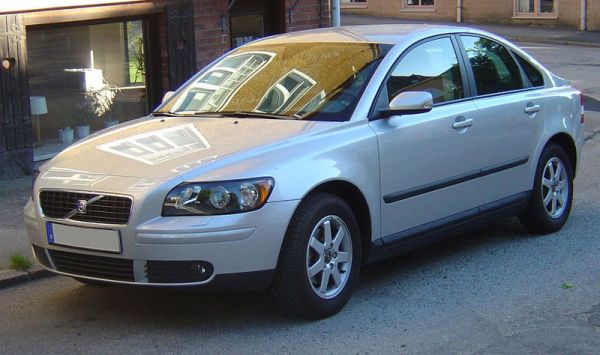
Volvo has introduced a flexible-fuel engine in its famous S40 small family cars. The 2.0F flexible-fuel engine can run either on petrol or on E85 that is a mixture of ethanol and petrol. Among many new features, the new model is compliant with the Euro 5 emission standards and also includes a new stop-start system for reducing overall fuel consumption and the resultant carbon emission. It would emit about 176 gram carbon per kilometer. The new model also features a new six-speed gear box.
2) Saab 9-3 SportCombi BioPower
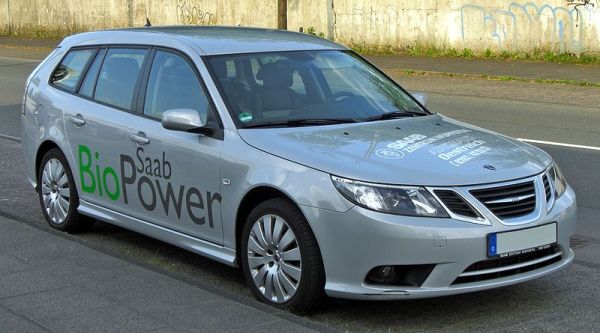
The Swedish car manufacturer Saab has introduced some ‘green’ modification in its famous 9-3 SportsCombi model for launch in 2012. It would now have optional 2.0 BioPower engine in addition to the already available gasoline engine. The changes have also been made in Saab Sport Sedan and other 9-3x models. The company is targeting an overall 12 percent and 7percent reduction in diesel and petrol fuel consumption respectively.
3) Ford Focus flexifuel
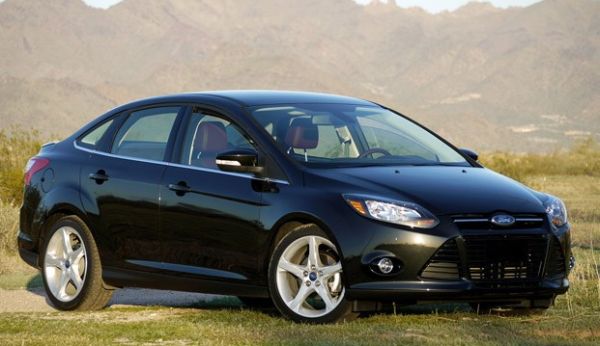
Launched for the benefit of European consumers, the Ford Focus is a flexible-fuel car that run on E85 ethanol. The powertrain constitutes of a 1.6-liter Duratec engine which powers the vehicle with 118 hp by burning the E85 fuel. As compared to other cars of similar size and capacity, the Ford Focus emits only 132 CO2 per kilometer. It is a low carbon alternative and would be sold in all European markets where E85 is available.
4) 2010 E85 Flexfuel Ford Escape
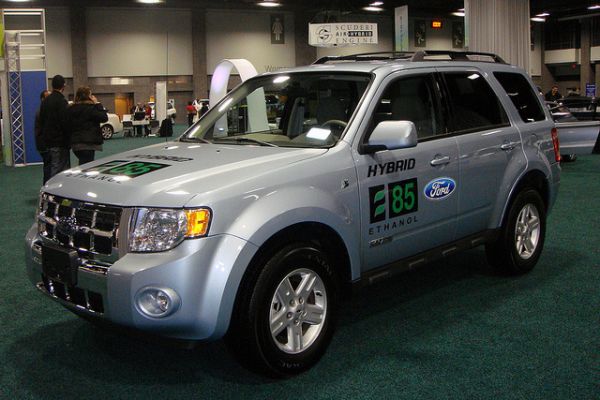
Ford launched a E85 Flex-Fuel sports utility vehicle (SUV) 2010 Ford Escape last year. It gives an average of about 16 miles per gallon on both the highway and on city roads. The 5-seater vehicle has a very low carbon foot print of 6.6 and scored 7 on Air Pollution Score, as per the official data, making it essentially a green vehicle
The main hurdles:
The concept of flexible fuel cars has not gained much popularity in major car markets of the world. One of the reason for this is the absence of proper infrastructure for making flexible fuels, especially E85, readily available to consumers. Though the government initiatives in countries like US have stepped up the production of flexi-models. But this is limited to official fleets as there are not many incentives for general public for a switch over. Moreover, a fall in gas prices as a result of growth in alternative fuels may actually induce some to continue with old vehicles.
What can be done?
Apart from legislative means, there is an urgent need to develop a proper infrastructure for making alternative fuels available to the general public. This would require countrywide establishment of new refueling centers and also incentives for the conventional petrol pump owners to provide alternative fuels.



